Everything you need to know about microcement floors
Microcement floors are one of the most widespread continuous pavements in the world due to the decorative opportunities it offers for both interiors and exteriors. A coating that can be applied on kitchen floors, bathroom floors, terrace floors, etc.
A building material that, although it has years of history, has become much more popular in recent years, especially for covering all types of pavements. Below we reveal everything you need to know about microcement floors: how it is applied, its main advantages, the types of microcement available for floors, tips... and much more.
What is microcement?
Themicrocementit is a decorative coating derived from cement that is used to renovate all types of spaces without construction. With a thickness less than 3 mm, it is applied on the surface without removing the existing coating.
Apart from the aesthetic finish, microcement on floors stands out for its functionality. A pavement that does not crack and is resistant to traffic, scratches, running water, the effects of sunlight, and impacts.

Benefits of microcement for floors
Applying microcement on floors offers countless advantages. Its continuity, high resistance to traffic and wear as well as its anti-slip finishes, are some of the factors why these pavements are so in demand for both indoor and outdoor spaces.
Next, we summarize some of the most important benefits that this innovative decorative coating can boast as a continuous pavement:
- The microcement floor does not raise the floor level too much thanks to its minimum thickness of between 2 and 3 mm.
- It is a continuous pavement, which means that there are no expansion joints or unions. The entire floor renovation is done in one piece.
- It adheres to any type of material without the need to remove the existing support. Thus, it avoids generating debris and heavy renovations.
- It is unalterable to UV rays and has very good thermal resistance.
- Microcement pavements present enviable resistances to traffic, to wear by abrasion, and to household cleaning products.
- There are no two microcement floors alike thanks to the variety of colours and finishes offered by this decorative coating.
- Microcement on floors can be used as interior flooring but also as exterior flooring, for example on terraces.
- Microcement can be used as indoor flooring but also as outdoor flooring, for example on terraces and on the crown and edges of swimming pools.
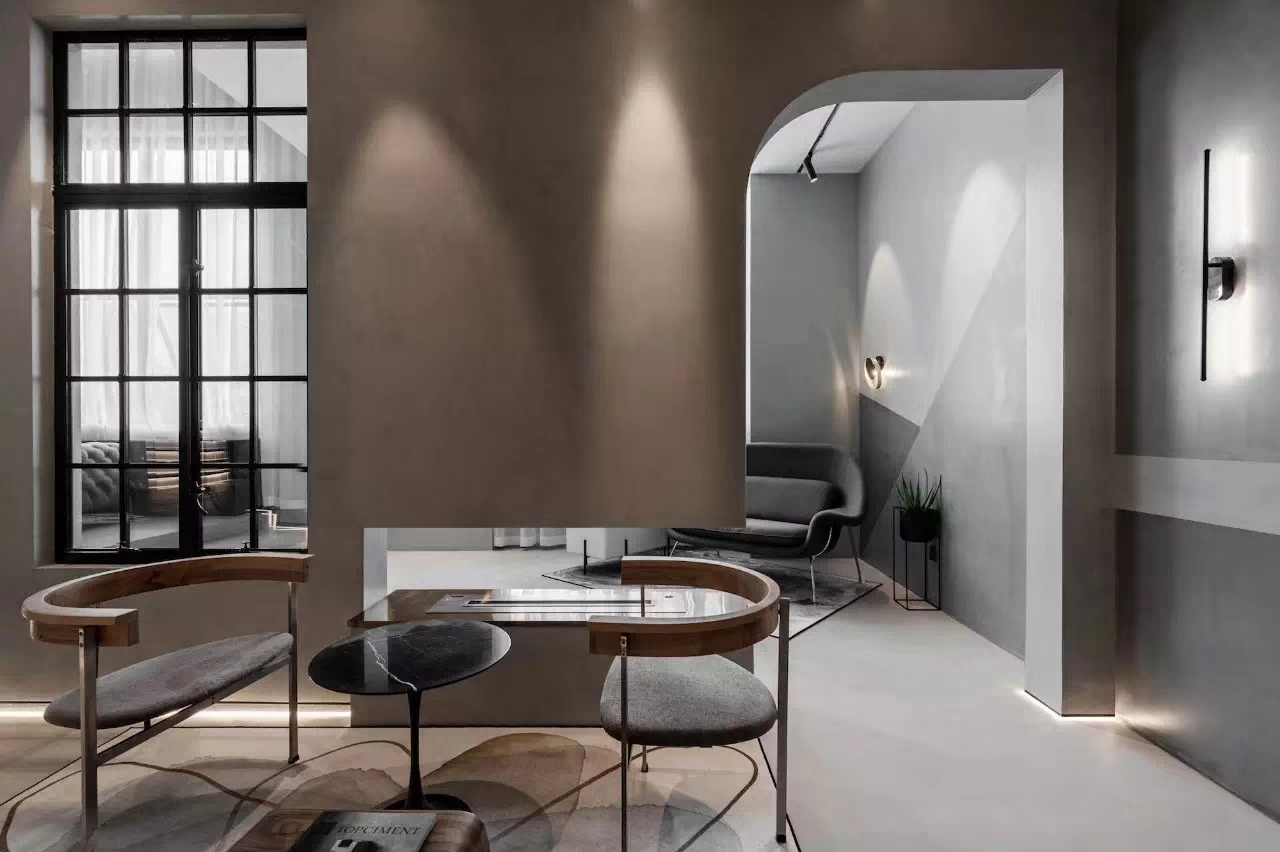
How to make a microcement floor: step by step application
Now that you know all the virtues of microcement for floors, it's time to explain what the application process is. These are the six steps to consider for successfully installing a microcement floor:
1. Clean the future microcement floor
The pavement to be covered with microcement must be in perfect condition. Therefore, the first step involves cleaning the future microcement floor of dust, stains, grease or any other type of particles; in addition to ensuring that the base is in perfect condition. It is very important to check the degree of humidity of the pavement, you will have to wait for it to dry or directly apply Primapox®100 Barrier to block capillary humidity or also as a vapor barrier.
2. Primer
Once the surface is clean, apply a layer of primer on the pavement to enhance the adhesion between the existing support and the new microcement floor. If the base surface is absorbent, such as concrete or self-leveling, Primacem Abs will be used; if on the contrary it is non-absorbent such as terrazzo, tile or marble, Primacem Plus will be used.
For surfaces that require the use of a primer that blocks moisture, the most suitable primer as previously mentioned would be Primapox®100 Barrier.
Depending on the needs of the microcement floor, other adhesion promoters can be used. We find Primacem Fix, a primer with tacking effect; Primacem Grip, a primer with aggregate; and Primacem Joint, a putty to fill tile and mosaic joints before applying the microcement on the pavement.
3. First layer of microcement base
After the primer, apply the first layer of unpigmented microcement base. The use of a fiberglass mesh is recommended, as it will help the professional to minimize the chances of cracks appearing over time. Once applied, sand the surface.
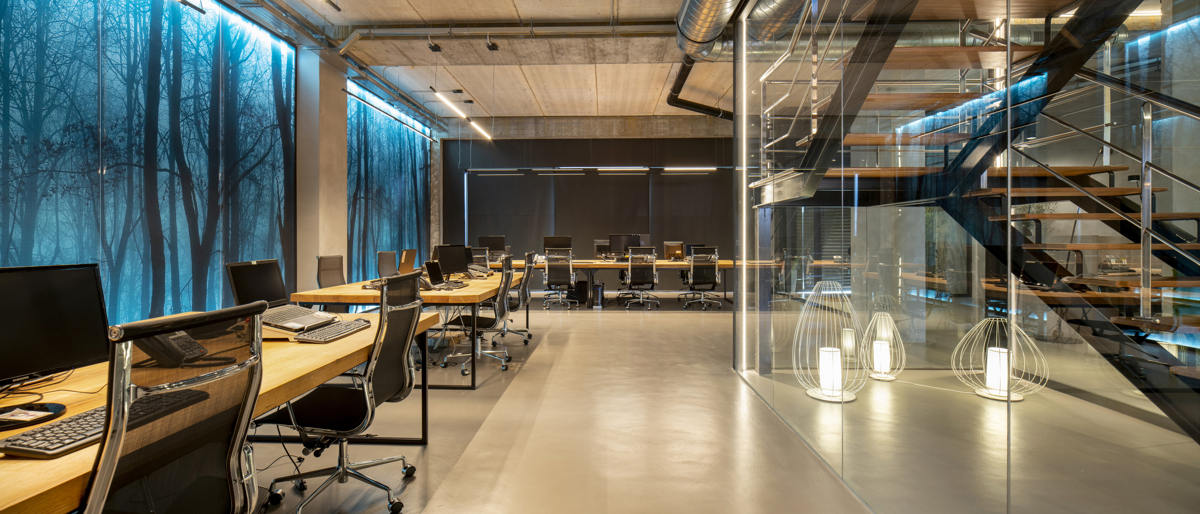
4. Second layer of microcement base
Once the surface is completely dry, apply a second coat of pigmented microcement base. In this step, the desired microcement color will be chosen to cover the continuous pavement and, once the surface is perfectly covered, the microcement floor will be sanded.
5. Two layers of finishing microcement
The fifth step involves applying two layers of finishing microcement or finish with pigment. Depending on the finish and the degree of slipperiness sought, medium or coarse microcement can be used. As specialists, we recommend two coats of Microdeck, our optimal microcement for the application of microcement on floors. Or two layers of Microstone ideal for microcement in exterior floors.
6. Protection of microcement floor
The last step of applying microcement to the floor is one of the most important. The pavement is now ready, now it needs to be protected. To do this, two coats of Presealer will be applied using a roller and, afterwards, another two coats of Topsealer. In addition to protecting the microcement of the floor, it can be waterproofed and even achieve a non-slip finish.
Sealers that not only serve to protect the microcement floor, but also provide the surface with a non-slip and waterproof finish.
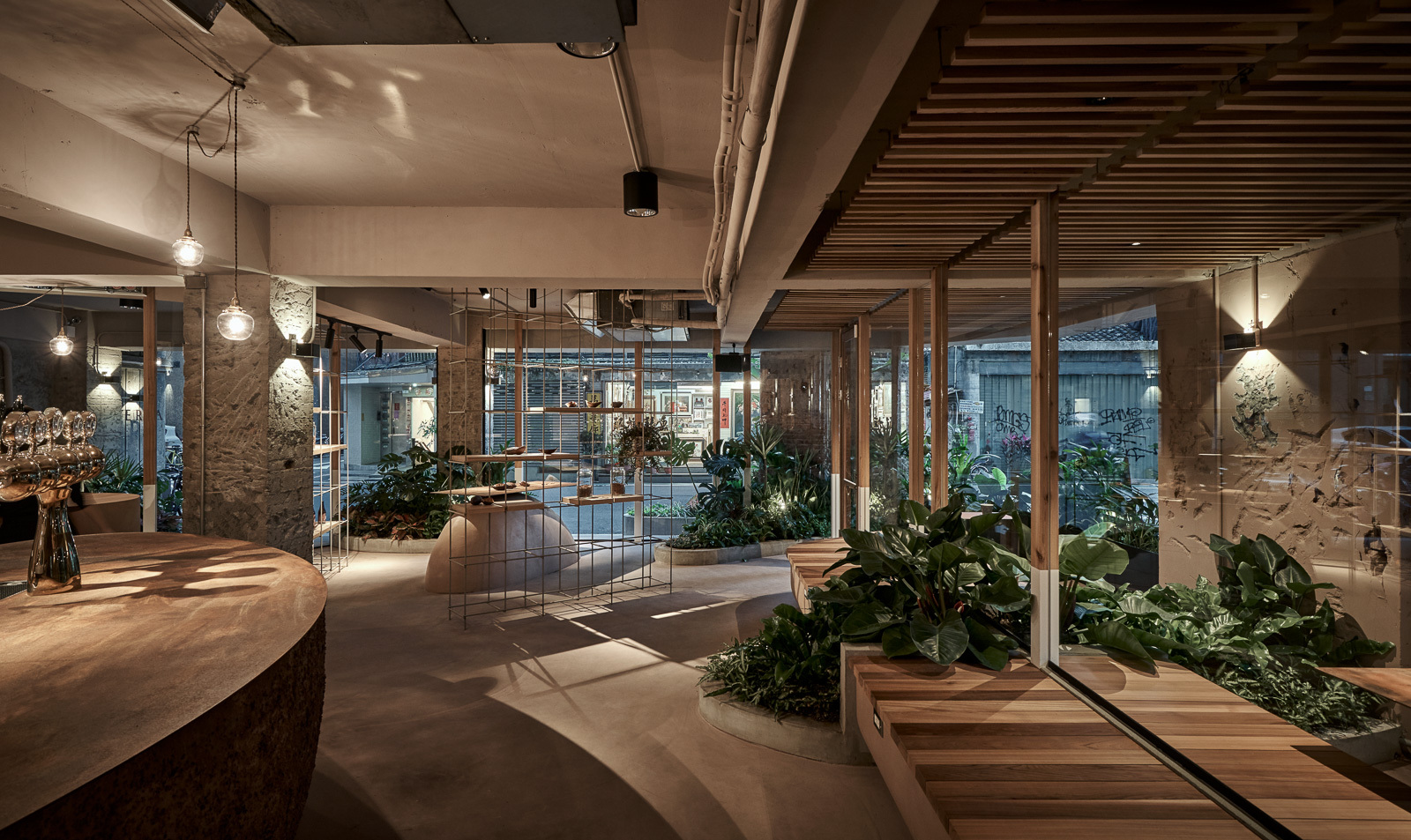
Types of microcement for floors
If there is one particularity that perfectly defines microcement for floors, it is its versatility, as there are different types depending on the texture and finish one wants to achieve. At Topciment, we have up to five different systems, each of which adapts to specific needs and finishes.
Microdeck, the most common microcement for floors
Microdeck is the microcement for floors par excellence. The most used for its workability, but also for its resistance to wear by abrasion, traffic and impacts. A perfect continuous coating to create non-slip floors and that, in addition, can be applied with the fresh on fresh technique.
Within Microdeck, the customer can choose between the two-component microcement Sttandard Microdeck, the traditional line and one of the most demanded;
Efectto Quartz, ready-to-use microcement for floors
Efectto Quartz is our ready-to-use microcement for floors. Thanks to its wide range of colours and its four granulometries, you can create any flooring you can imagine. Both in outdoor and indoor spaces.
Its main advantage is that it allows to increase the speed in the application of the microcement floor. A low-thickness coating available in 16 colours and with a very natural finish.

Atlanttic, microcement for the floor around the pool
Atlanttic constitutes one of our most exclusive decorative solutions. A microcement developed for the ground around the pool due to its innovative formula. It automatically gives the microcement pavement a non-slip and waterproof finish. Likewise, it can be used in the pool basin due to its unbeatable resistance to immersion.
Microstone, microcement for outdoor flooring
For other applications of microcement on exterior floors that are not swimming pools, we have developed Microstone. A two-component microcement with superior mechanical and abrasion resistance and non-slip finish without the need to apply any type of treatment. In the same way as Microdeck, it can also be applied with the fresh on fresh technique. Although, the thickness of the Microstone aggregates is greater.
Industtrial, microcement for industrial scope floors
Lastly, and no less important, Industtrial. A microcement especially indicated for industrial floors such as offices, large warehouses, workshops, etc. Spaces that require greater resistances to traffic and hardness, due to the machines and weight exerted on the surface.
Needs that Industtrial, thanks to the epoxy resin included in its composition, satisfies. A microcement for industrial floors that also has a waterproofing of much more depth than other conventional microcements.
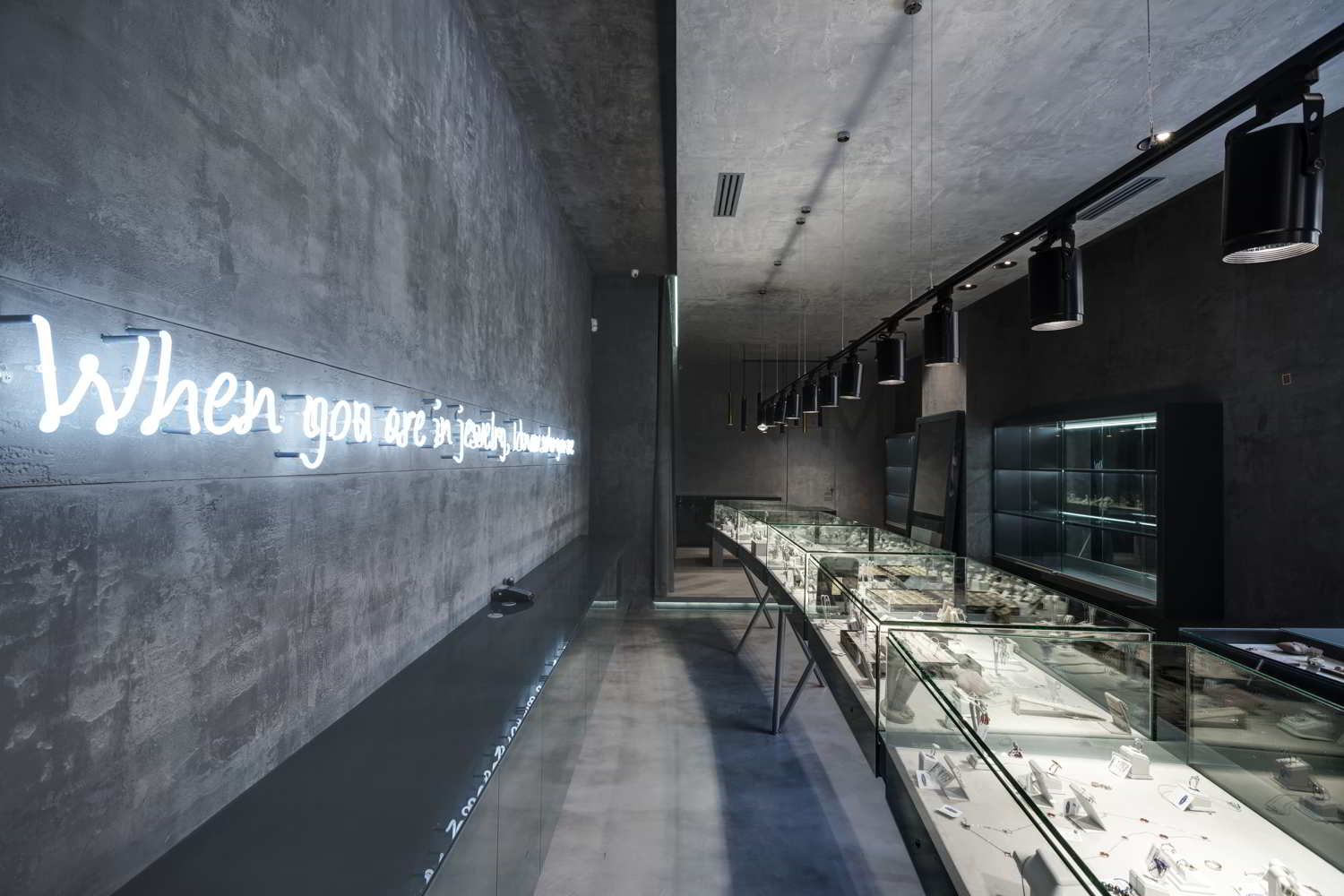
Microcement floors in bathrooms and kitchens
Microcement can be used both as an exterior pavement and interior pavement in any room. Among its many qualities, its ability to be resistant to running water, non-slip, and its excellent thermal resistance, to traffic and stains, make this coating an ideal material especially for kitchens and bathrooms.
Thanks to the large number of microcement colours that exist, an infinite number of floors can be created. In our gallery, you will find multiple microcement floors in bathrooms and kitchens.
Colours for microcement flooring
White microcement is undoubtedly one of the most demanded colours due to a marked minimalist style increasingly present in the interior decoration of private homes and also commercial premises. But grey microcement floors are not left behind either. And it is that the industrial style is gaining more and more followers to its cause, a style that gives the feeling that it will not go out of fashion no matter how many years pass as it fits perfectly with offices, large surfaces and warehouses and, also, houses.
Although white and grey are the quintessential colours for microcement floors, there is a wide range of possibilities. At Topciment, we have multiple colours depending on the character you want to imprint on the room where the microcement floor will be applied. We have designed specific pigments according to the microcement systems we manufacture.
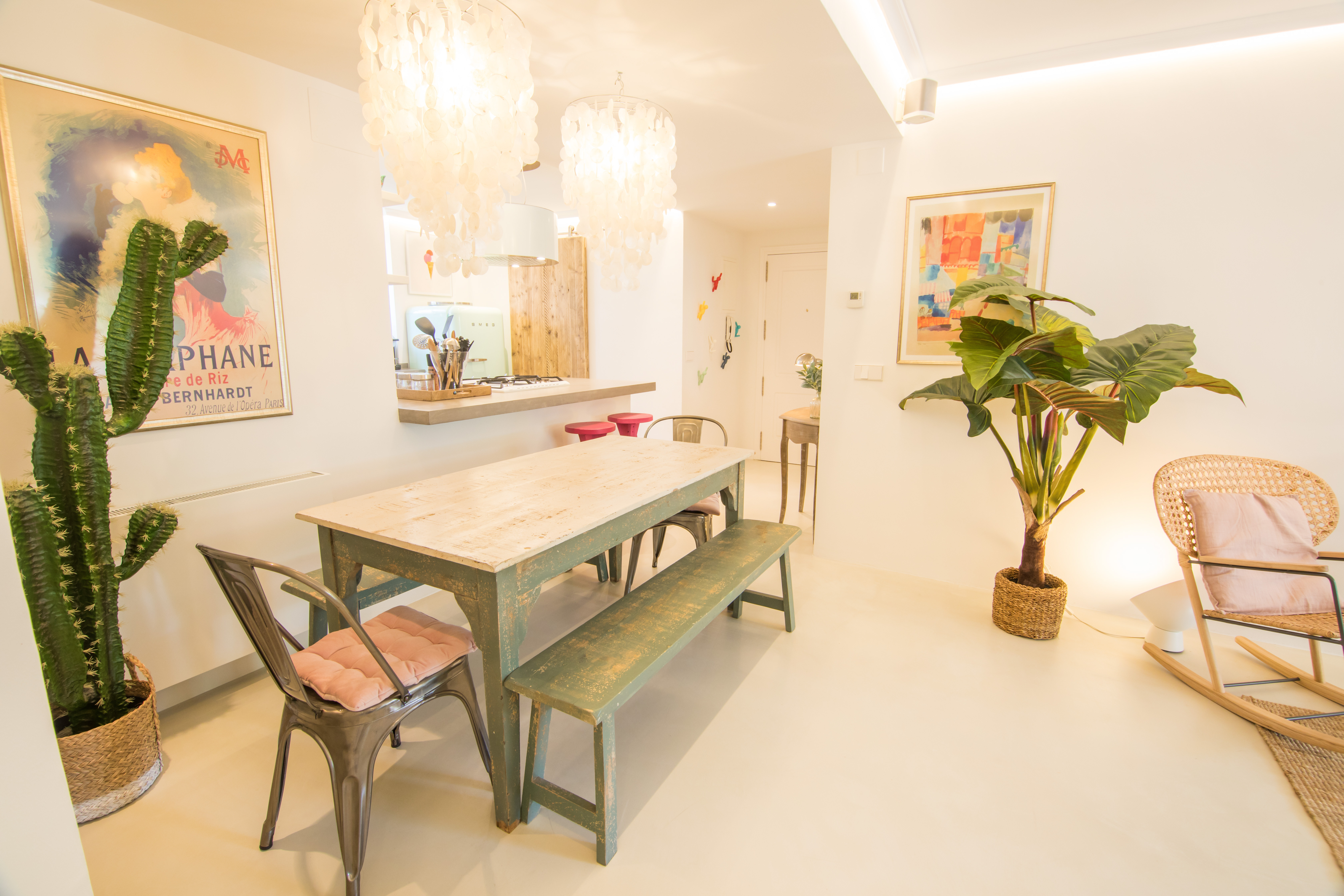
Cleaning, care and maintenance of microcement flooring
Microcement for floors is a coating that does not require exhaustive cleaning and maintenance, as it enjoys very good resistances. However, it is very advisable to use a series of products that will enhance the optimal condition of the pavement for a much longer period of time.
How to clean the microcement floor
Fortunately, it is a pavement that requires little or no cleaning. It just needs to be washed from time to time with water and mild detergent thanks to its lack of joints.
Even so, we have special products to clean the microcement floor: the Ecoclean range. Biodegradable products with which the pavement will maintain its shine and chromatic intensity at 100%, looking new. For domestic use, using Ecoclean Basic once a week is more than enough. On the other hand, for floors more exposed to traffic and impacts, such as commercial premises and industrial businesses, Ecoclean Pro is more advisable. A product that should be applied every two months or so, while it is combined with Ecoclean Basic weekly.
How to care for and maintain the microcement floor
Regarding the care and maintenance of microcement floors, we have developed the protective waxes Ceraciment. Products that provide an extra hardness and shine to the pavement, preserving its original appearance. Waxes that better protect the surface from traffic, wear, stains, etc.
Before applying the wax on the microcement floor, it is important that the pavement is perfectly clean. And also that at least 15 days have passed since the sealing of the pavement, if it has just been installed. One coat of Ceraciment is more than enough.
If you want to repeat the waxing process, which logically is not permanent, repeat the same operation every two months on floors whose use is more aggressive (offices, workshops, warehouses, restaurants, etc) or every six months (homes). For the first case we recommend Ceraciment Pro, for the second Ceraciment Basic.

Tips to avoid microcement problems on the floor
During the first few days after the application of microcement on the floor, it is essential that the room is properly ventilated to ensure correct drying. If not, the final finish of the continuous pavement will be far from what is sought to achieve.
Similarly, it is essential to avoid stepping on the microcement floor in the first week after its application. It is also important to prevent liquids that could cause significant stains or damage the resin from being spilled, and finally, moving furniture around. If all these tips are taken into account, there will be no future problems with microcement floors.
Price of microcement flooring
If you have already decided to opt for microcement for floors for your renovation project, you will want to know what the cost is. An amount that depends on specific factors but we can tell you in advance that it is very competitive compared to other construction materials.
The labor as well as the complexity of it, the square meters of surface to be covered, the quality of the chosen microcement for floors and the condition of the support, will vary the final price.
Taking into account all these considerations, the price of microcement floors is between 60 and 100 euros per square meter approximately.
Subscribe to our newsletter
Receive in your email tips for the application and care of microcement, the latest trends and news from Topciment products.




